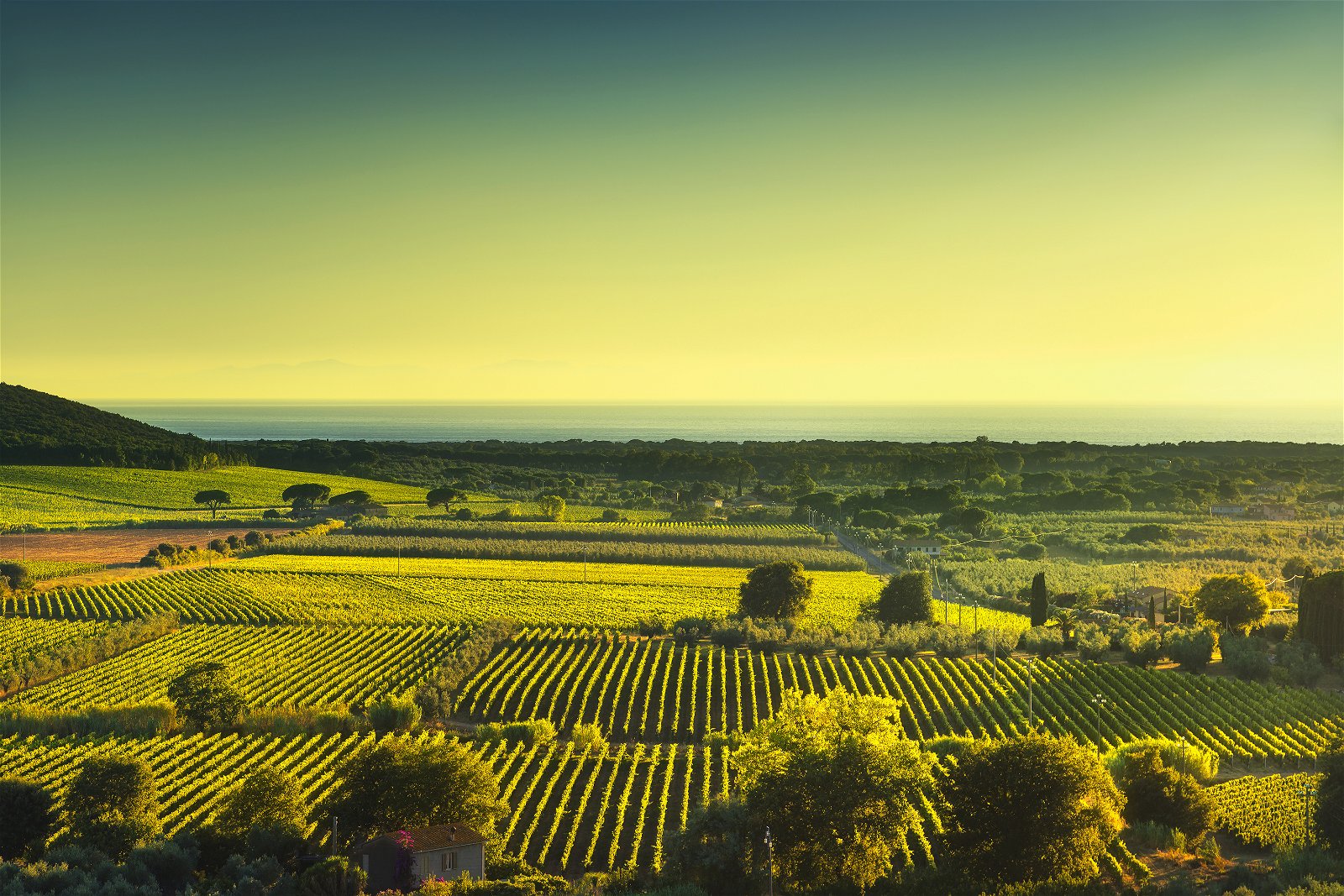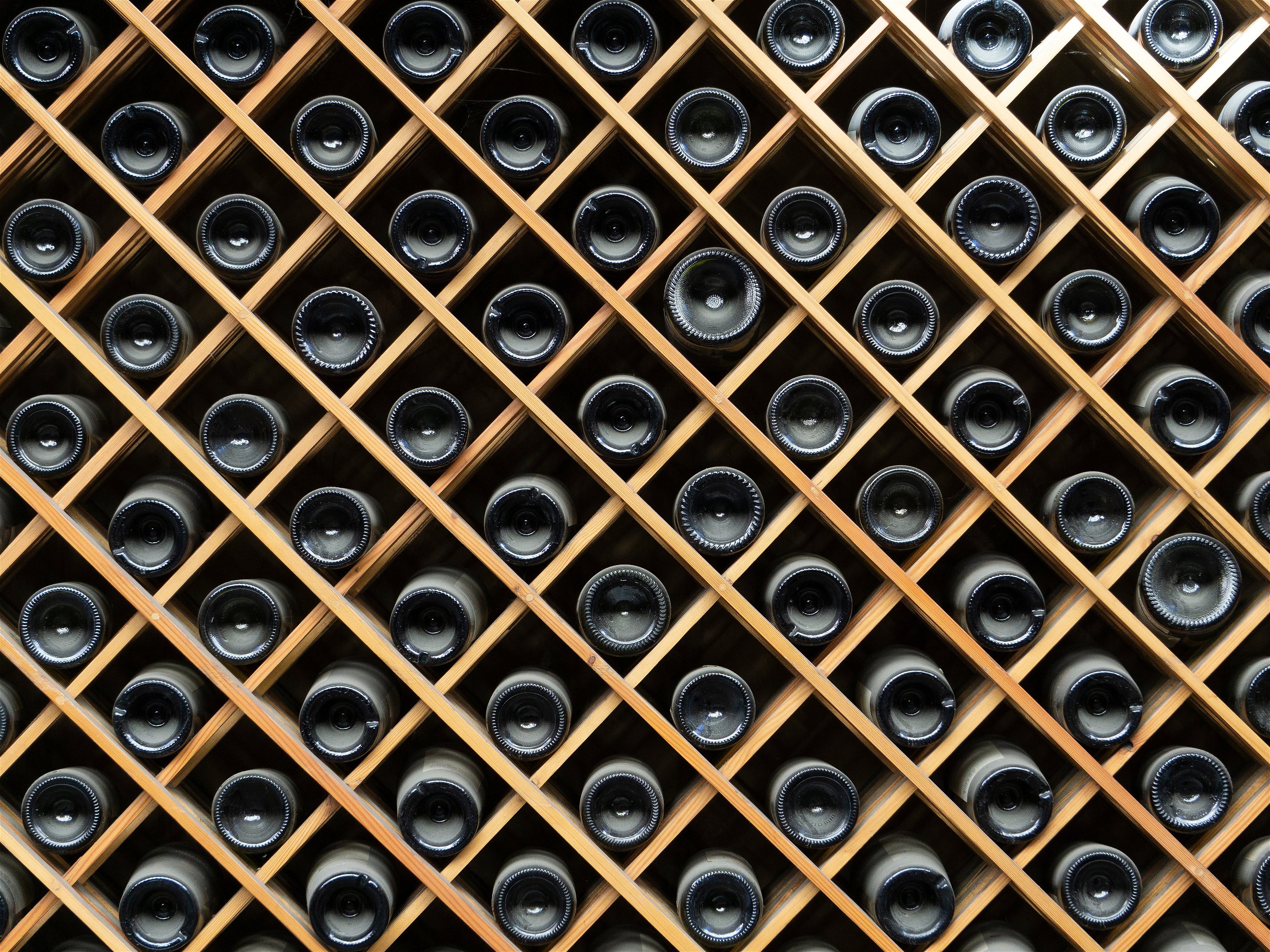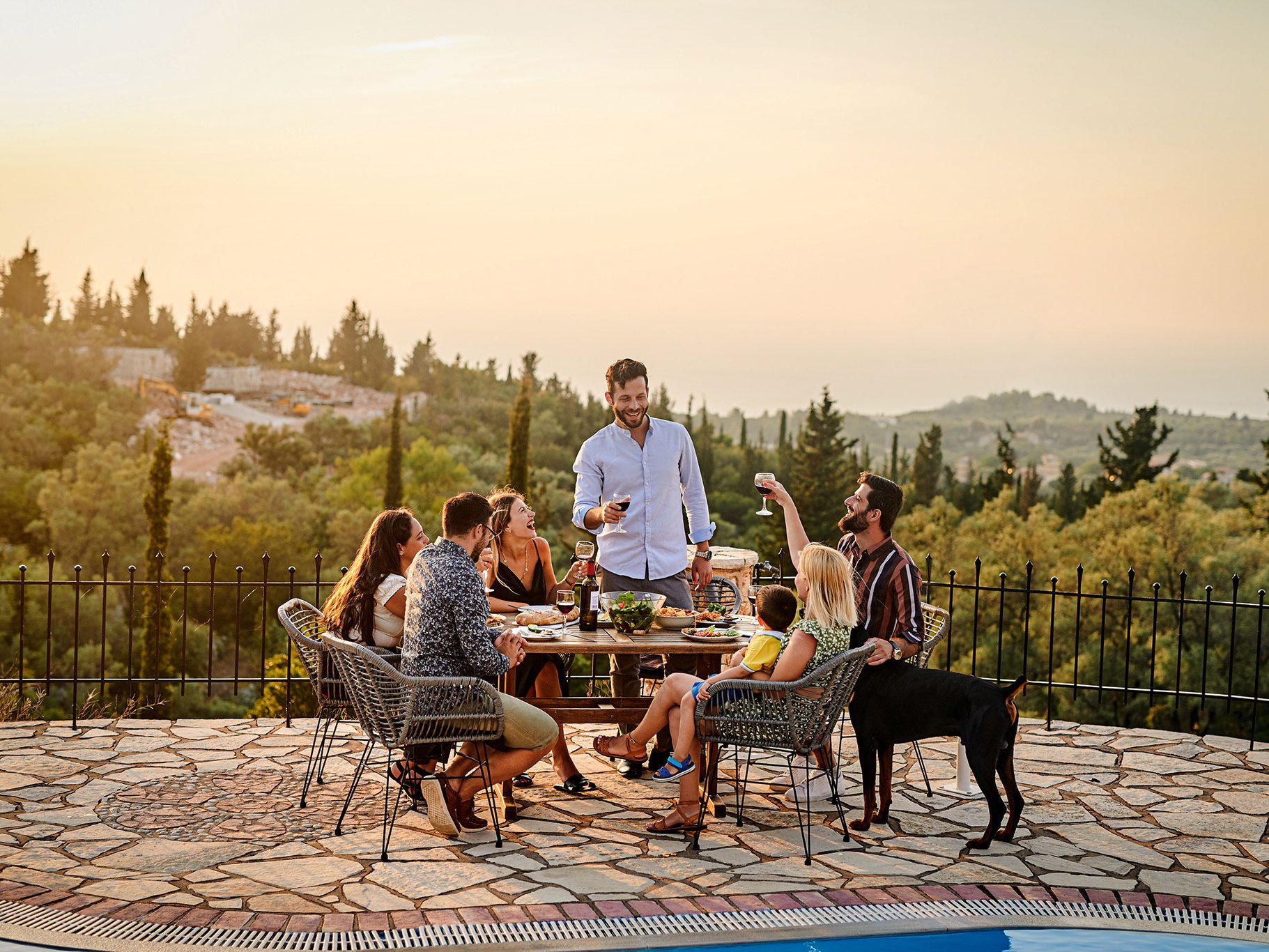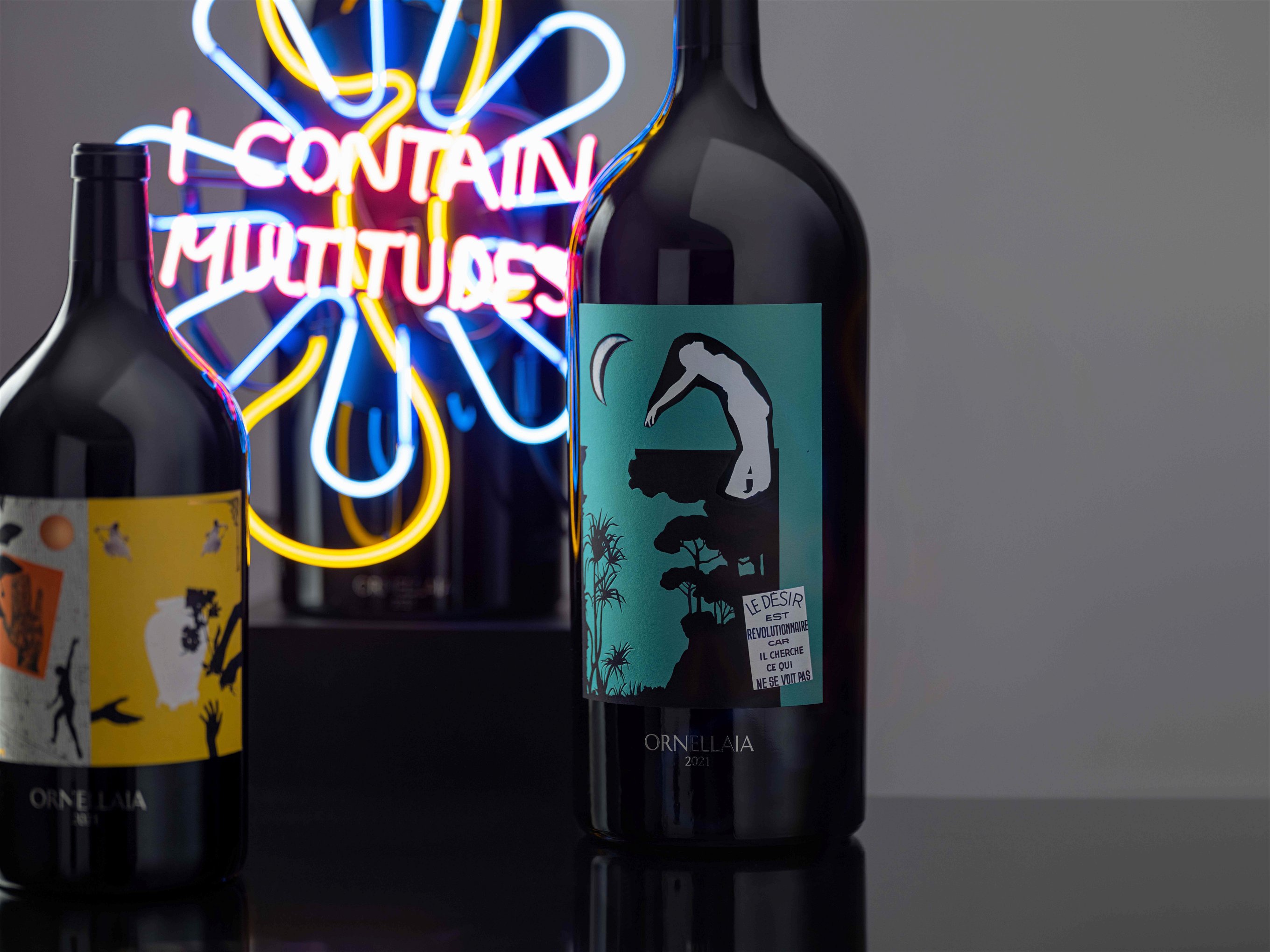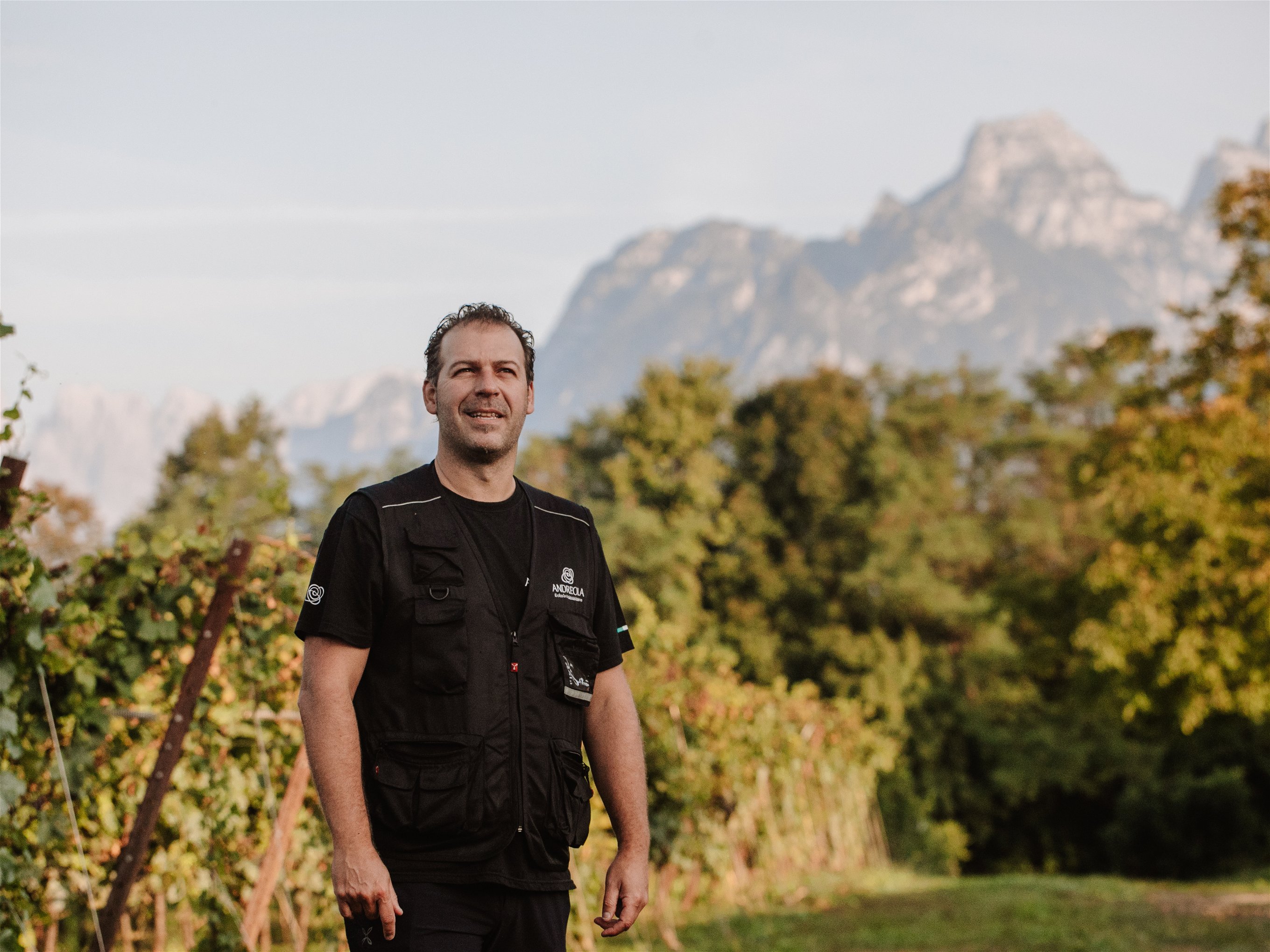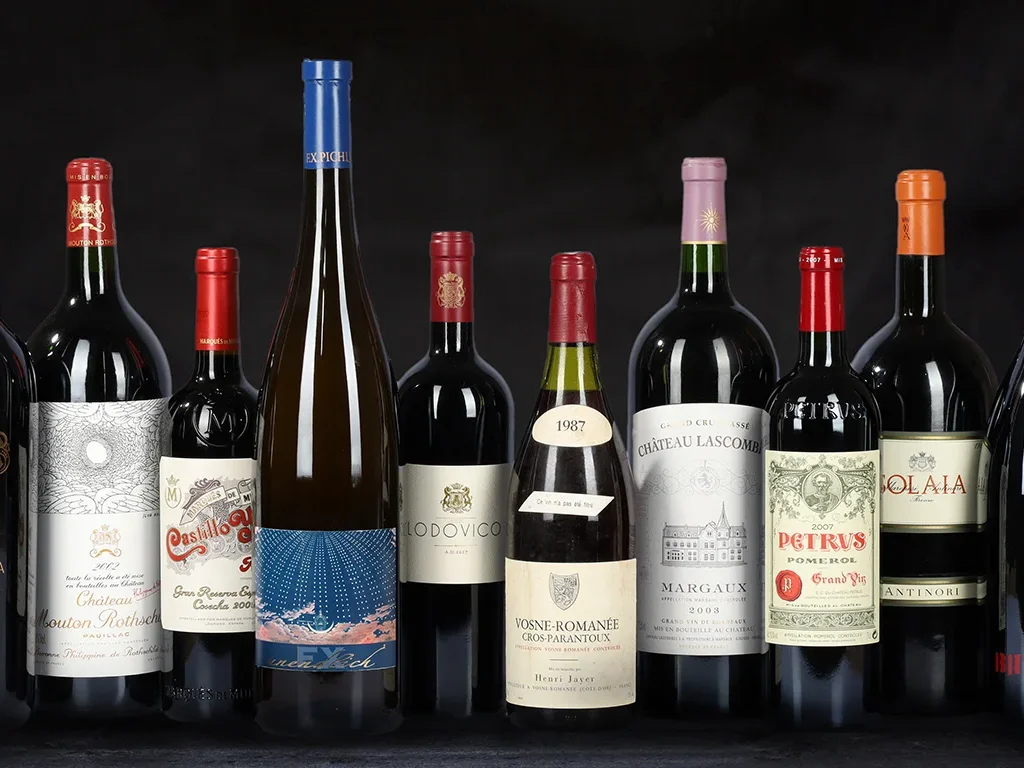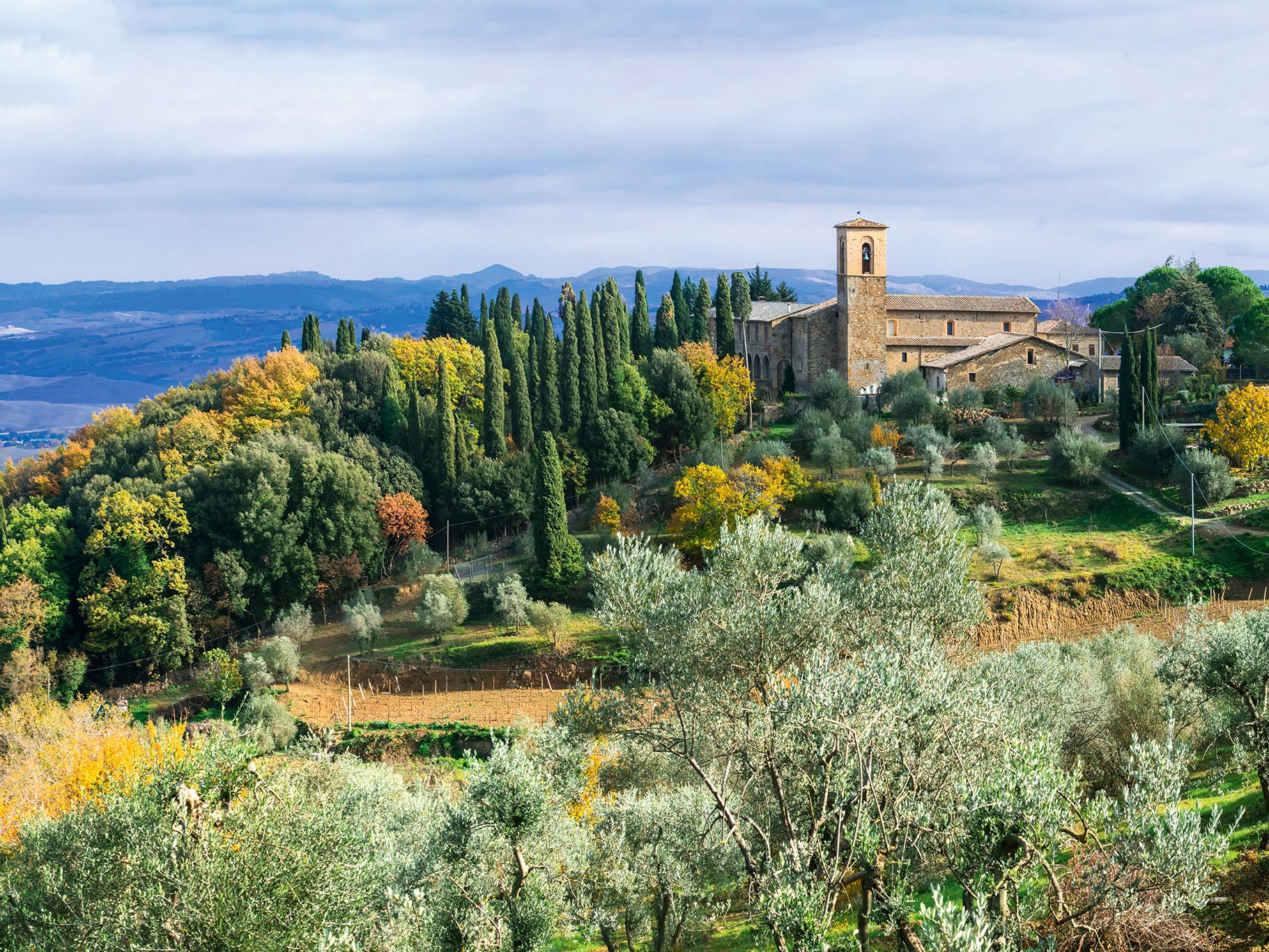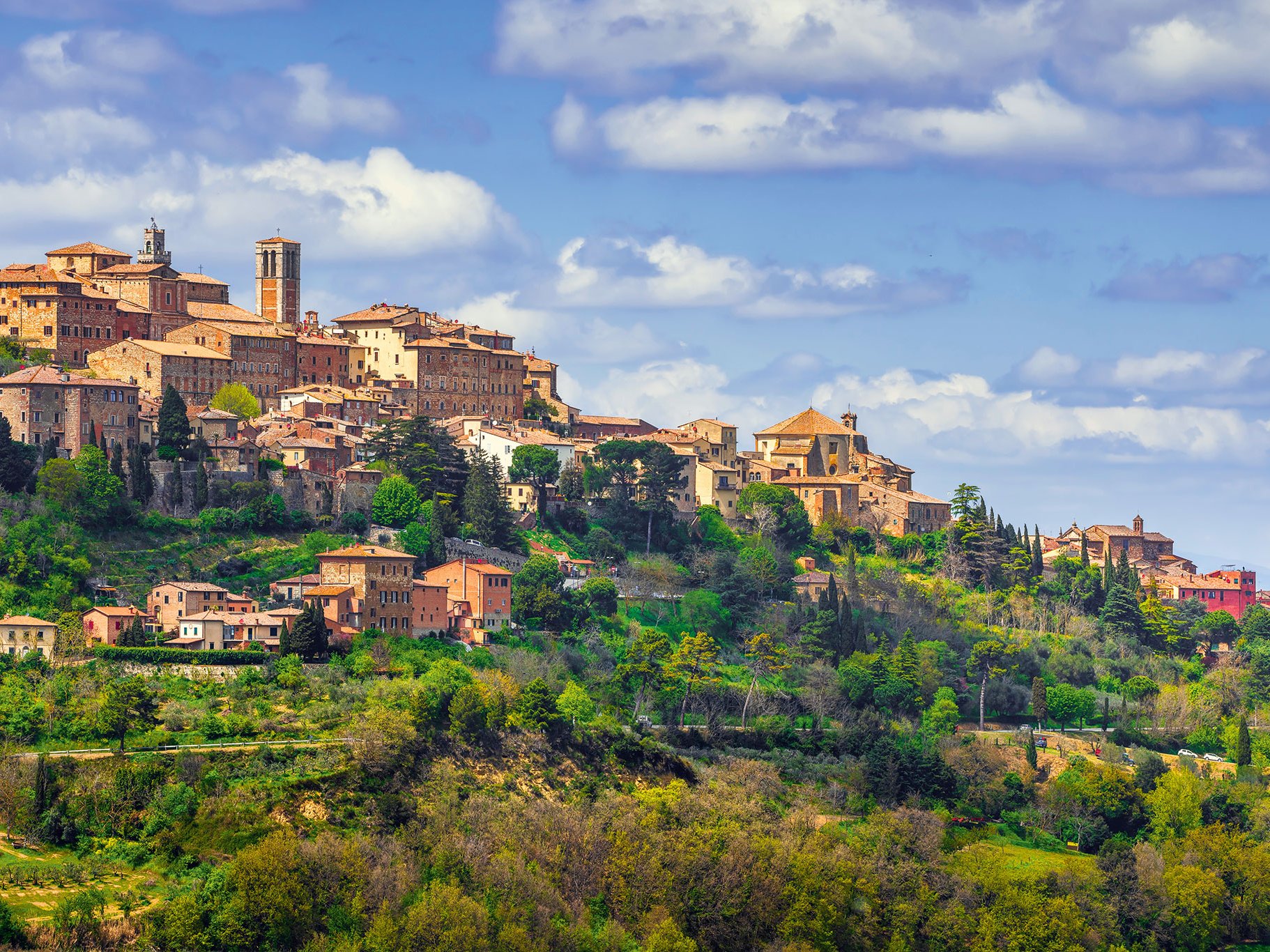The Maremma, the coastal strip of Tuscany that stretches from Livorno in the north to Grosseto in the south, occupies a special place among Italy's wine growing regions. In contrast to all the wine growing areas of the country, from the Alps to Sicily, some of which have histories going back as far as 3,000 years, the history of the Maremma is still quite young. Just 50 years ago, a new chapter in the history of Italian viticulture was opened here. At the turn of the 19th and 20th centuries, the Maremma was still largely a marshy area that first had to be drained. Visitors were even threatened by malaria here, which is actually only known to be present in the tropics. When in 1968 the first "Sassicaia" of the Tenuta San Guido of the Marchese Incisa della Rochetta in Bolgheri was created, this changed everything in a stroke. This wine proved that Maremma was suitable for top wines at international level, an unprecedented quality revolution took its course and the run on the vineyards of Maremma began. Well-known wineries, such as the Piedmontese winemaker icon Angelo Gaja, set up wineries in the nucleus of this revolution - in Bolgheri. But the south, especially around Grosseto, also developed into a hot spot. While Bolgheri, with its Bordeaux blends, received the DOC, the Maremma received the DOCG Morellino di Scansano, the name commonly used here for the Sangiovese grape variety, so important in Tuscany. One reason for the outstanding quality of the wines lies in the soils and topography of the Maremma. Directly on the coast, the region is rather flat and here loamy-sandy soils prevail, whereas the hinterland extends up to 600 metres above sea level and the vines grow on barren, stony soils of calcareous marl to volcanic rock. On the coast, the climate is warm and Mediterranean, with cooling influences from the Mediterranean. Together with the soil, these are excellent conditions for international varieties such as Cabernet Sauvignon, Cabernet Franc, Merlot or Syrah. The climate in the higher hinterland, on the other hand, is more continental, with hot days and cold, windy nights. All in all, this is an excellent terroir for Sangiovese, which produces very elegant and sometimes delicate wines here. Maremma is thus an ideal area for creative and ambitious winemakers, no wonder that top wineries such as Brancaia, Foradori, Duemani, Poliziano or Tua Rita have extended their activities to Maremma and drastically expanded the range of so-called "Super Tuscans". In the south near Grosseto, it is the Fattoria Le Pupille that sets the standard. White wines are also produced here, for example from the varieties Vermentino, which is also at home on the French side under the name "Rolle", and Ansonica, which even has its own protected origin here under the DOC Ansonica Costa del dell'Argentario.
.
